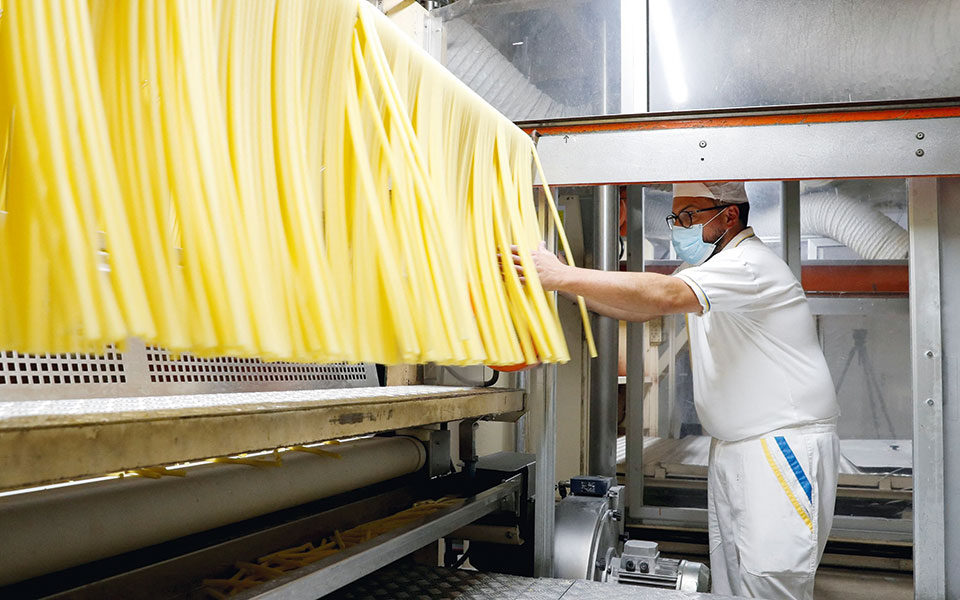
Whether it’s a plate spaghetti with red sauce, basil and parmesan or for real carbonara with egg and pecorino, the price of her favorite dish Italy took off. And since this is the most basic dish on the table of an Italian family, the reaction to it is violent, and the country’s government is alarmed.
More precisely, prices for pasta according to Istat, they rose by 17.5% in March and by 16.5% in April. In fact, in particular, the jump is twice that of Italy’s headline consumer price inflation, which rose 8.1% year-on-year in April and 8.7% in March. Prices spaghetti in restaurants rose 6.1 percent year on year, Italian consumer advocacy group Assoutenti told CNBC.
Considering that, according to research by the International Pasta Organization, in 2022 the average Italian will consume almost 23 kg of pasta per year, these increases are proportionately excessive. However, what is the reason for this?

The increase in retail prices is due to the fact that producers are now selling their stocks of pasta, which were produced when the cost of raw materials was higher due to rising wheat and energy prices.
In March 2022, the price of wheat reached its highest level in more than a decade due to Russia’s invasion of Ukraine, as both countries are major suppliers. agricultural products on the world market. World wheat prices fell 2.3 percent in April, falling to their lowest level since July 2021, according to the Food and Agriculture Organization.
But since then, production costs have come down, and pasta prices are now driven by other factors, according to the consumer advocacy group.
“Prices are kept high to make more profit. Prices will only fall in the face of a significant drop in consumption,” Assuenti said, suggesting plans to reduce consumption through a “pasta strike” lasting at least 15 days. It should be noted that in 2007 the Italians went on a one-day “strike” against the purchase of pasta, when prices rose by almost 20%. In the meantime, however, the reality remains that a plate of pasta is becoming unaffordable.
Two weeks ago, Italy’s economic development minister, Adolfo Uros, called an emergency meeting to discuss pasta price hikes.
Pasta manufacturers, consumer associations and government officials were among those in attendance, with some calling for the government to cap pasta prices. However, this proposal was rejected.
Latest pasta price surveys “already show the first, albeit faint, signs of a fall in prices, likely indicating that costs could come down significantly in the coming months,” the Italian business ministry said in a statement.
Source: Kathimerini
Lori Barajas is an accomplished journalist, known for her insightful and thought-provoking writing on economy. She currently works as a writer at 247 news reel. With a passion for understanding the economy, Lori’s writing delves deep into the financial issues that matter most, providing readers with a unique perspective on current events.